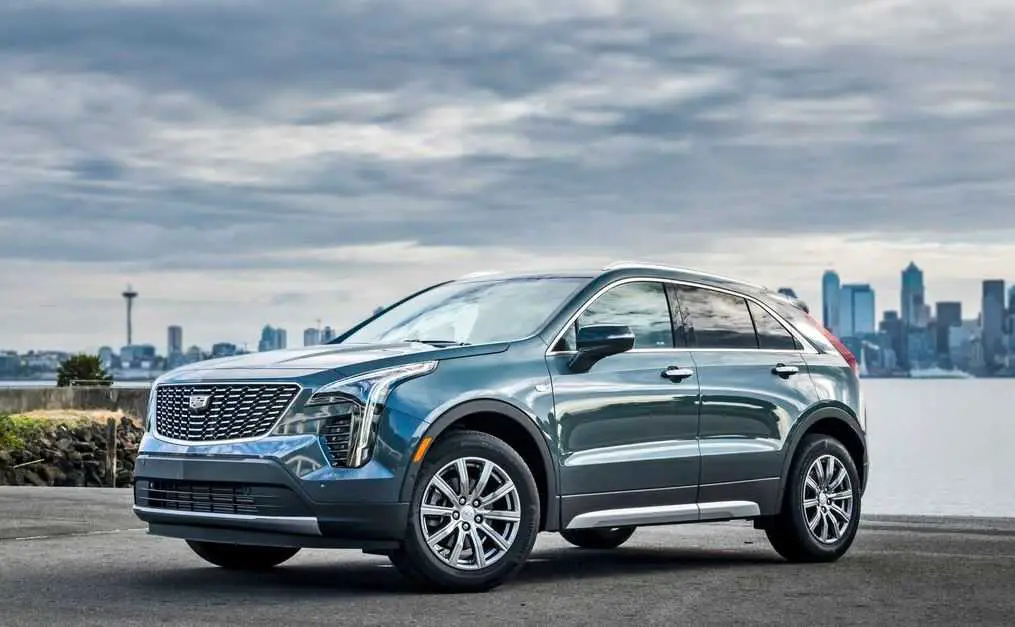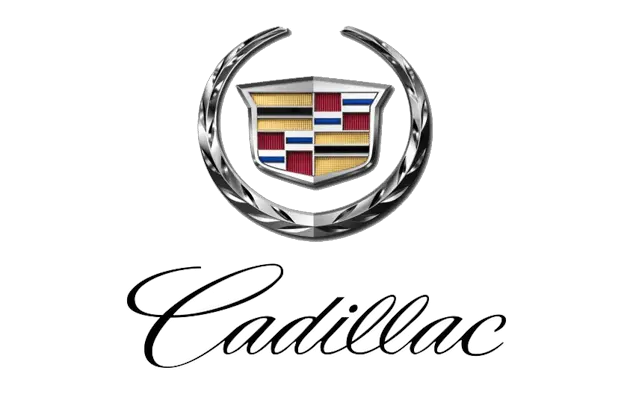Cadillac XT4 2021
The Cadillac XT4 2021 is a stylish and versatile luxury compact SUV that strikes the right balance between sophistication, performance, and usability. The XT4 stands out on the road thanks to its eye-catching design and smooth lines, which give it a sense of beauty and modernity. The well-made cabin is a comfortable and stylish place to be, with high-quality materials and new technologies that make driving more enjoyable. The XT4’s responsive engine and agile driving make every drive exciting and fun. With its small size and flexible cargo room, the XT4 is good for both driving in the city and going on weekend trips. Thanks to advanced safety features and driver-assistance technologies, you can drive with peace of mind and trust. Overall, the Cadillac XT4 2021 is a luxurious and useful compact luxury SUV for people who care about style, speed, and adaptability.
Infants and Young Children
Everyone in a vehicle needs protection! This includes infants and all other children. Neither the distance traveled nor the age and size of the traveler changes the need, for everyone, to use safety restraints. In fact, the law in every state in the United States and in every Canadian province says children up to some age must be restrained while in a vehicle.
Warning
Children can be seriously injured or strangled if a shoulder belt is wrapped around their neck. The shoulder belt can tighten but cannot be loosened if it is locked. The shoulder belt locks when it is pulled all the way out of the retractor. It unlocks when the shoulder belt is allowed to go all the way back into the retractor, but it cannot do this if it is wrapped around a child’s neck. If the shoulder belt is locked and tightened around a child’s neck, the only way to loosen the belt is to cut it. Never leave children unattended in a vehicle and never allow children to play with the seat belts. Every time infants and young children ride in vehicles, they should have the protection provided by appropriate child restraints. Neither the vehicle’s seat belt system nor its airbag system is designed for them. Children who are not restrained properly can strike other people or can be thrown out of the vehicle.
Warning
Never hold an infant or a child while riding in a vehicle. Due to crash forces, an infant or a child will become so heavy it is not possible to hold it during a crash. For example, in a crash at only 40 km/h (25 mph), a 5.5 kg (12 lb) infant will suddenly become a 110 kg (240 lb) force on a person’s arms. An infant or child should be secured in an appropriate child restraint.
Warning
Children who are up against, or very close to, any airbag when it inflates can be seriously injured or killed. Never put a rear-facing child restraint in the front outboard seat. Secure a rear-facing child restraint in the rear seat. It is also better to secure a forward-facing child restraint in the rear seat. If you must secure a forward-facing child restraint in the front outboard seat, always move the front passenger seat as far back as it will go. Child restraints are devices used to restrain, seat, or position children in the vehicle and are sometimes called child seats or car seats.
There are three basic types of child restraints:
- Forward-facing child restraints
- Rear-facing child restraints
- Belt-positioning booster seats
The proper child restraint for your child depends on their size, weight, and age, and also on whether the child restraint is compatible with the vehicle in which it will be used. For each type of child restraint, there are many different models available. When purchasing a child restraint, be sure it is designed to be used in a motor vehicle. If it is, the child restraint will have a label saying that it meets federal motor vehicle safety standards. The instruction manual is provided with the child restraint and states the weight and height limitations for that particular child restraint. In addition, there are many kinds of child restraints available for children with special needs.
Warning
To reduce the risk of neck and head injury in a crash, infants and toddlers should be secured in a rear-facing child restraint until age two, or until they reach the maximum height and weight limits of their child restraint. A young child’s hip bones are still so small that the vehicle seat belt may not remain low on the hip bones, as it should. Instead, it may settle up around the child’s abdomen. In a crash, the belt would apply force on a body area that is unprotected by any bony structure. This alone could cause serious or fatal injuries. To reduce the risk of serious or fatal injuries during a crash, young children should always be secured in an appropriate child restraint.
Child Restraint Systems
Rear-Facing Infant Restraint A rear-facing child restraint provides restraint with the seating surface against the back of the infant. The harness system holds the infant in place and, in a crash, acts to keep the infant positioned in the restraint. Forward-Facing Child Restraint A forward-facing child restraint provides restraint for the child’s body with the harness. A belt-positioning booster seat is used for children who have outgrown their forward-facing child restraint. Boosters are designed to improve the fit of the vehicle’s seat belt system until the child is large enough for the vehicle seat belts to fit properly without a booster seat. See the seat belt fit test in Older Children 0 65. Securing an Add-On Child
Restraint in the Vehicle
Warning
A child can be seriously injured or killed in a crash if the child restraint is not properly secured in the vehicle. Secure the child restraint properly in the vehicle using the vehicle seat belt or LATCH system, following the instructions that came with that child restraint and the instructions in this manual. To help reduce the chance of injury, the child restraint must be secured in the vehicle. Child restraints must be secured in vehicle seats by lap belts or the lap belt portion of a lap-shoulder belt, or by the LATCH system. See Lower Anchors and Tethers for Children (LATCH System) 0 72 for more information. Children can be endangered in a crash if the child restraint is not properly secured in the vehicle.
When securing an add-on child restraint, refer to the following:
- Instruction labels provided on the child restraint
- Instruction manual provided with the child restraint
- This vehicle owner’s manual The child restraint instructions are important, so if they are not available, obtain a replacement copy from the manufacturer.
Keep in mind that an unsecured child restraint can move around in a collision or sudden stop and injure people in the vehicle. Be sure to properly secure any child restraint in the vehicle— even when no child is in it. In some areas Certified Child Passenger Safety Technicians (CPSTs) are available to inspect and demonstrate how to correctly use and install child restraints. In the U.S., refer to the National Highway Traffic Safety Administration (NHTSA) website to locate the nearest child safety seat inspection station. For CPST availability in Canada, check with Transport Canada or the Provincial Ministry of Transportation office.
Useful Link
Download Link: https://www.cadillac.com/support/vehicle/manuals-guides


